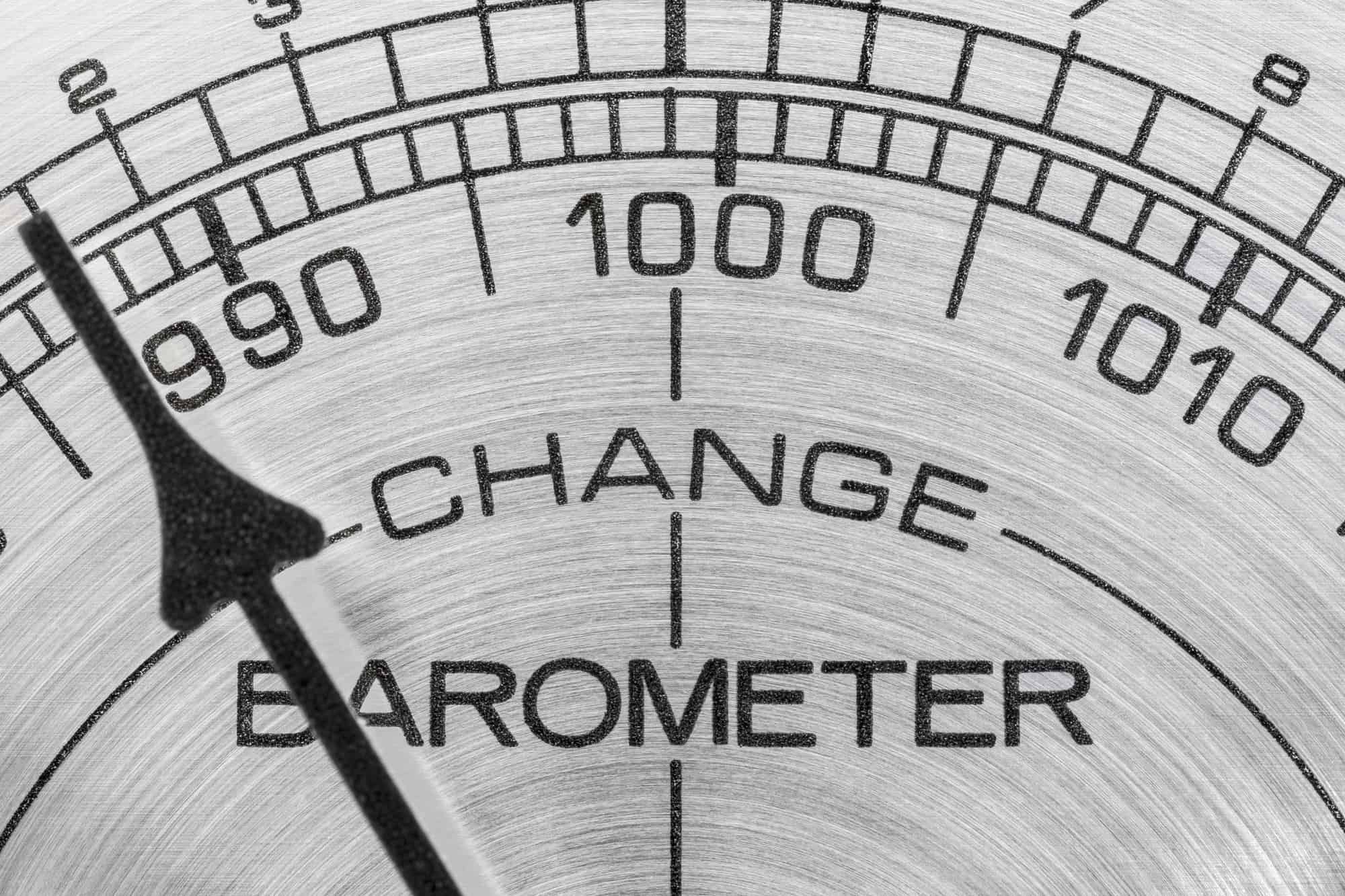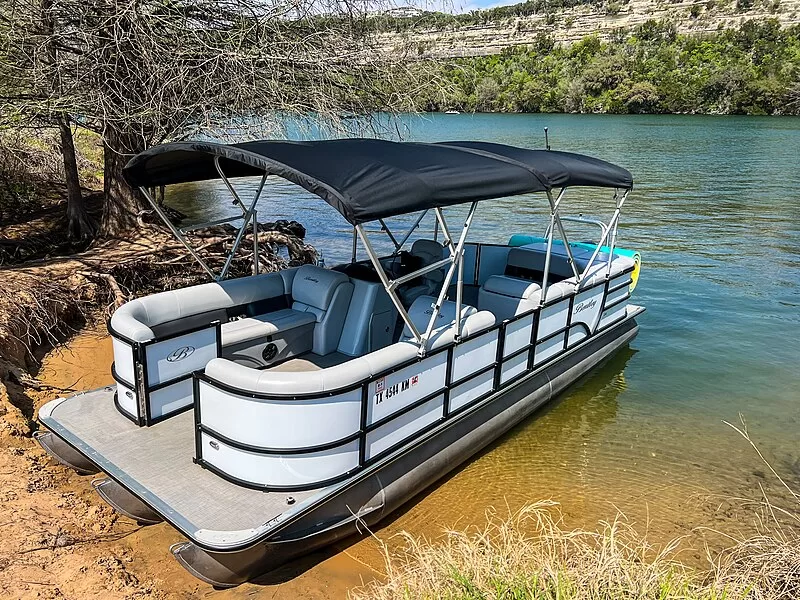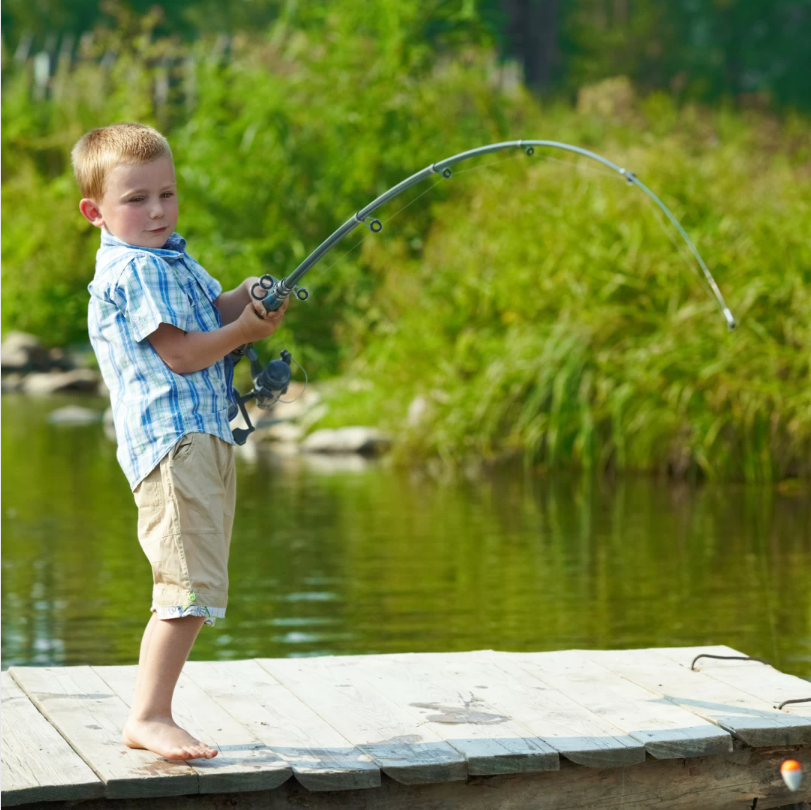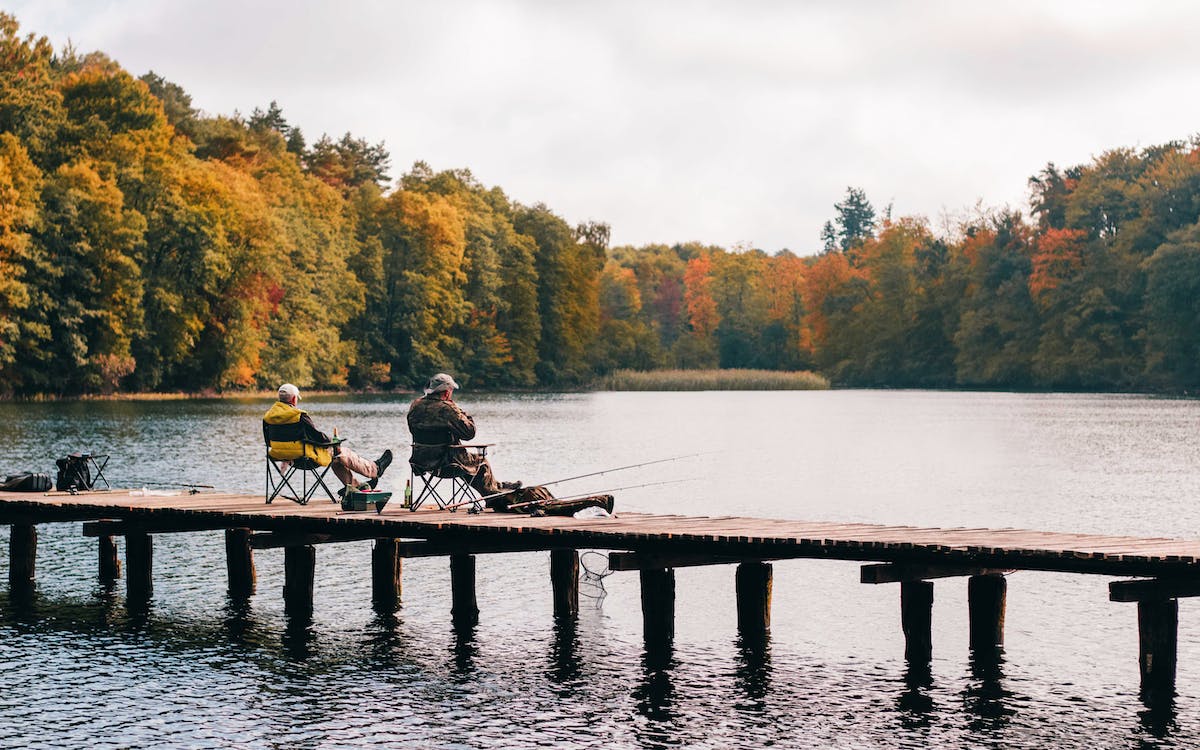Many anglers at Lake Wallenpaupack know that the lake can quickly humble even the best fisherman. Does this sound familiar… landing an absolutely monster one day, only to skunk the next day–even while throwing the same lure and presentation in the same areas.
The truth is, barometric pressure impacts fish behavior significantly and can be a leading cause to the on-and-off-again bite. Don’t get me wrong, there are many other important factors that can have an impact too, but ignoring the barometric pressure isn’t helping your chances!
Barometric pressure is the weight of the air as it presses down upon the earth. Even though fish live underwater, it still has a profound impact on their bodies and behaviors. Fish have lateral lines–sensory organs that are used to detect vibrations and movement underwater. These lateral lines also pick up on the slightest changes in barometric pressure outside. More importantly, fish have swim bladders (air bladders) that help fish maintain buoyancy.
As the outside pressure drops, these air bladders inflate to make up for the lowered pressure and therefore, decreased buoyancy. As the outside pressure rises, these bladders can shrink and become painful for the fish, causing them a much harder time staying balanced and a bloated feeling. Smaller fish are more susceptible to these types of changes.
It’s not just the location of the fish that can change when the barometric pressure rises or falls, either. Their eating habits are also affected. When you feel bloated, do you want to go eat a 3 course meal? Of course not! For example, most fish will eat more just before a storm comes in, as well as when it is moving out, but not during when the pressure changes are the most volatile. You’ll want to monitor the barometric pressure during either of these times, as both can indicate the prime time for fishing.
“Normal” Barometric Pressure
While the normal range can change depending on the given area, typically baseline pressure is 29-30 inHg. Typically pressure will drop before a storm moves in.. and could go as low as 26-29 inHg. When the storm starts moving out, the pressure will rise and anything over 30 inHg is considered a high-pressure day.
What’s Ideal for Fishing?
Typically, pressures over 30+ inHg mean that the fish will be biting very slowly and likely be staying in deeper water or near structure. Use slower techniques since these fish will be very slow and hesitant to eat. Anything between 29-30 inHg is considered ideal for fishing and will likely warrant the most active bites. Low pressure scenarios (anything less than 29 inHg) will also warrant the same slow and lethargic behavior. Again, fish deeper and slower than normal.
Below are two charts we have prepared to help you plan your next fishing outing. These barometric readings come from a weather station in Briar Hill North, located at or slightly above lake elevation.
WallyBITES.com – Historical Barometric Pressure
WallyBITES.com – Daily Barometric Pressure
I know you can’t always predict the weather and plan your outings around the “perfect window” of opportunity, but you’d be doing yourself a disservice to not look into the barometric pressure before your next fishing trip. It can play a big role in your chances of success and should drive your approach to deciding on technique. Being a father of 4 kids myself, I can understand the mentality of “Get out when you can”. Any day fishing is better than working!



